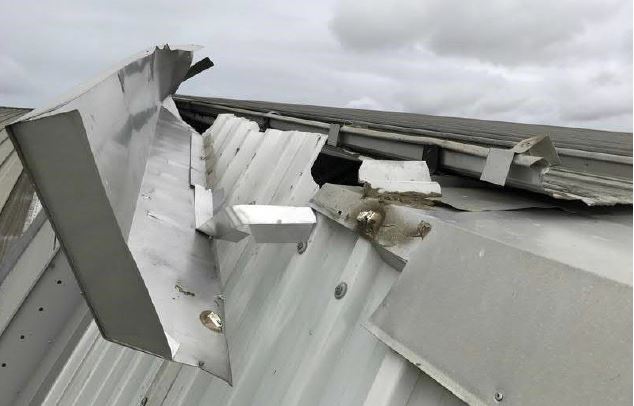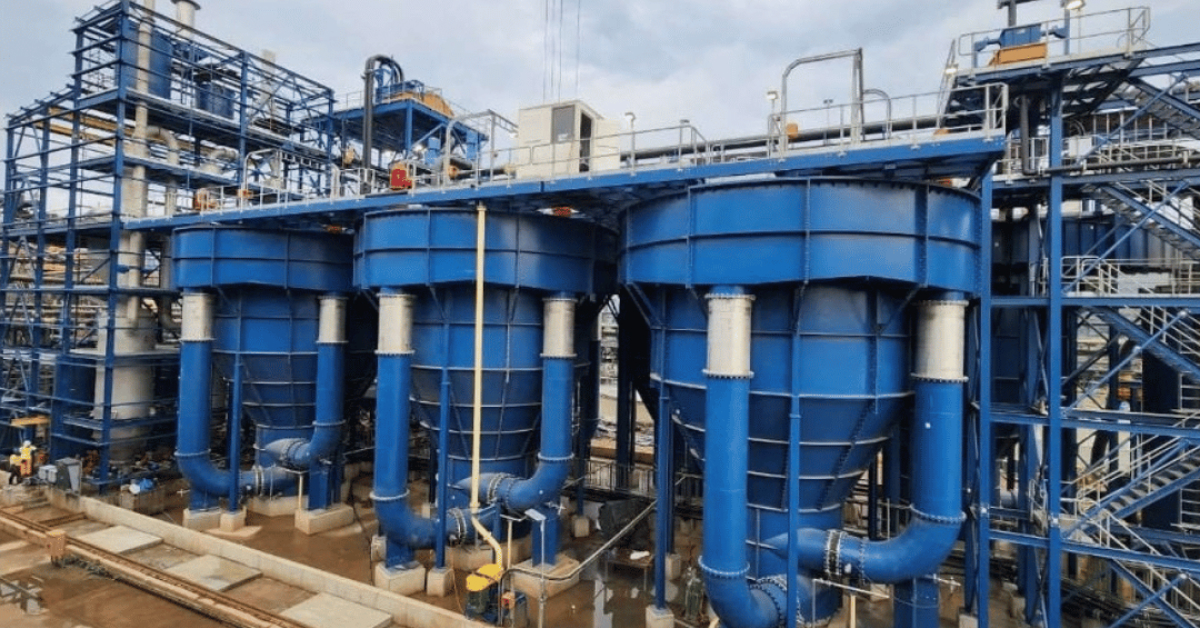When it comes to metal cladding one has to consider two types of fasteners, primary and secondary. Primary fasteners are those that anchor the cladding to the structural support members (elements) whereas secondary fasteners are generally used to attach ancillary items such as flashings and for stitching side laps. Whilst most profilers provide tables and/or details of the primary fasteners and some stitching screws there is little information pertaining to the secondary fasteners. Traditionally cladding contractors use one or other form of blind rivet (pop rivet).

The performance characteristics of the secondary fasteners therefore have to be proportional to the loading conditions. As a rule of thumb the bigger or more exposed a building the more robust the secondary fasteners have to be.

- Pull-out strength
- Pull-over value (can be increased by introducing a bonded washer)
- Vibration
- Shear induced by thermal movement on both the fastener and materials being joined
- Susceptibility of materials to being crushed or inhibited from free differential thermal movement e.g. interface between metal and translucent materials
Please visit our website www.samcra.co.za for other articles and papers on subjects pertaining to cladding.






